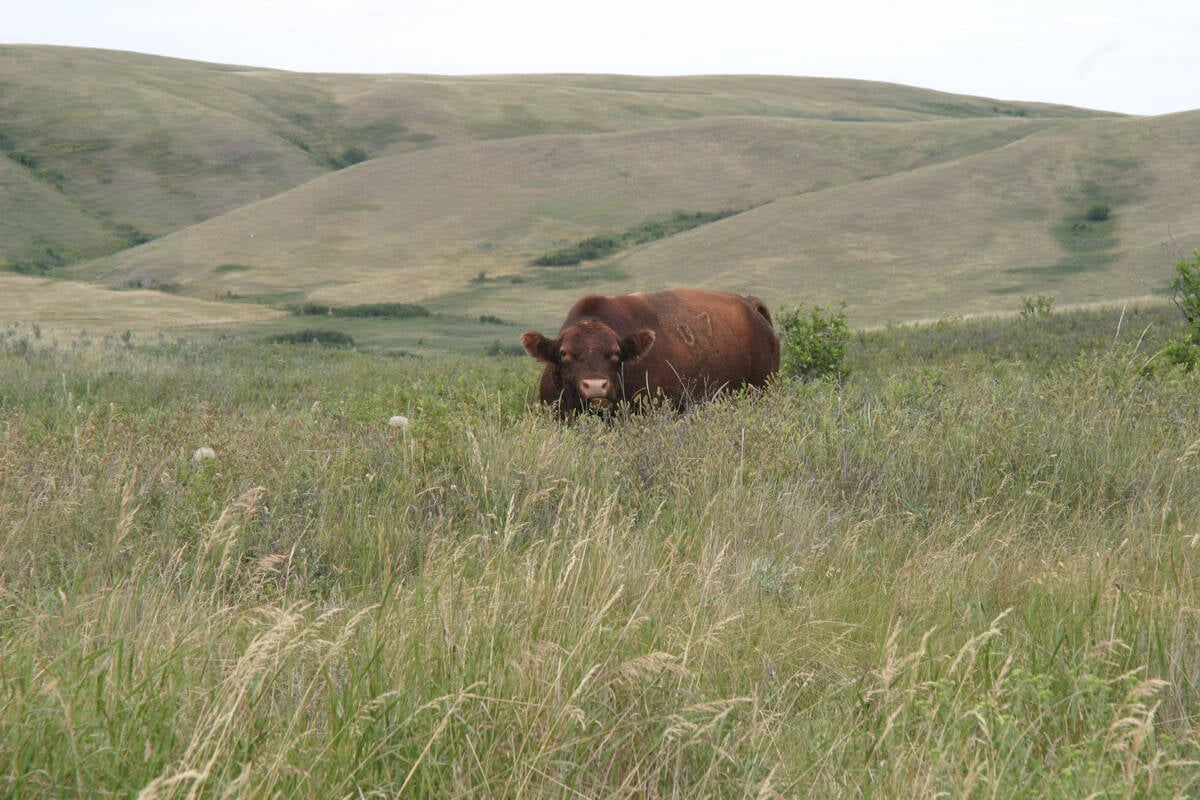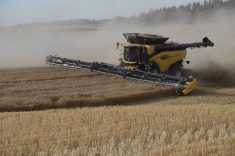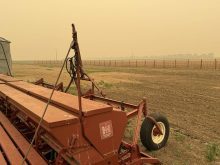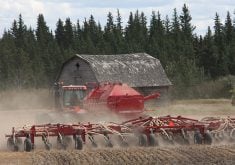India’s official estimate of pulse production confirms what many
traders already know – it was an average year.
The world’s biggest producer and consumer of pulses harvested 13.8
million tonnes of peas, lentils, chickpeas and beans in 2001-02. That
is up 14 percent from last year’s drought-reduced 12.1 million tonne
crop.
Indian farmers grew seven million tonnes of beans, 5.3 million tonnes
of chickpeas, 880,000 tonnes of lentils and 570,000 tonnes of peas.
It’s a far bigger crop than last year, but an average crop otherwise.
Read Also

Saskatchewan puts crown land auction on hold
Auctions of Saskatchewan crown lease land are once again on hold.
“The numbers are interesting but we just deal with the facts and right
now there is very, very little trade with India,” said Agricore United
trader Rob Tisdale.
India is always looking for more pulses to augment its own production.
There are one billion mouths to feed in the country and pulses are a
staple of their diet.
But Canadian farmers who are waiting for Indian buyers to drive up
prices should forget about it.
“What happened last year is when the buying normally dropped off, it
didn’t.”
This year’s trade with India has already ground to a halt. Tisdale
doesn’t expect it to be looking for more product until May or June.
“They’ll try to bite into the new crop as soon as possible.”















